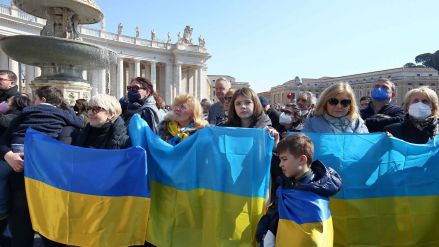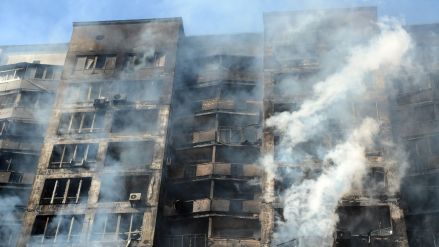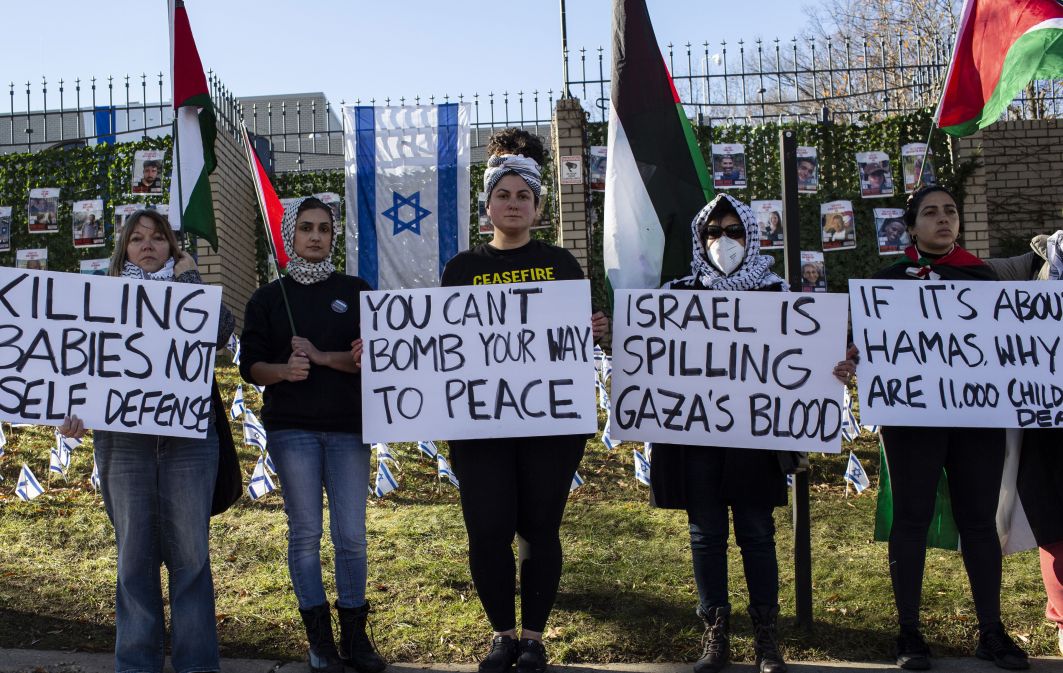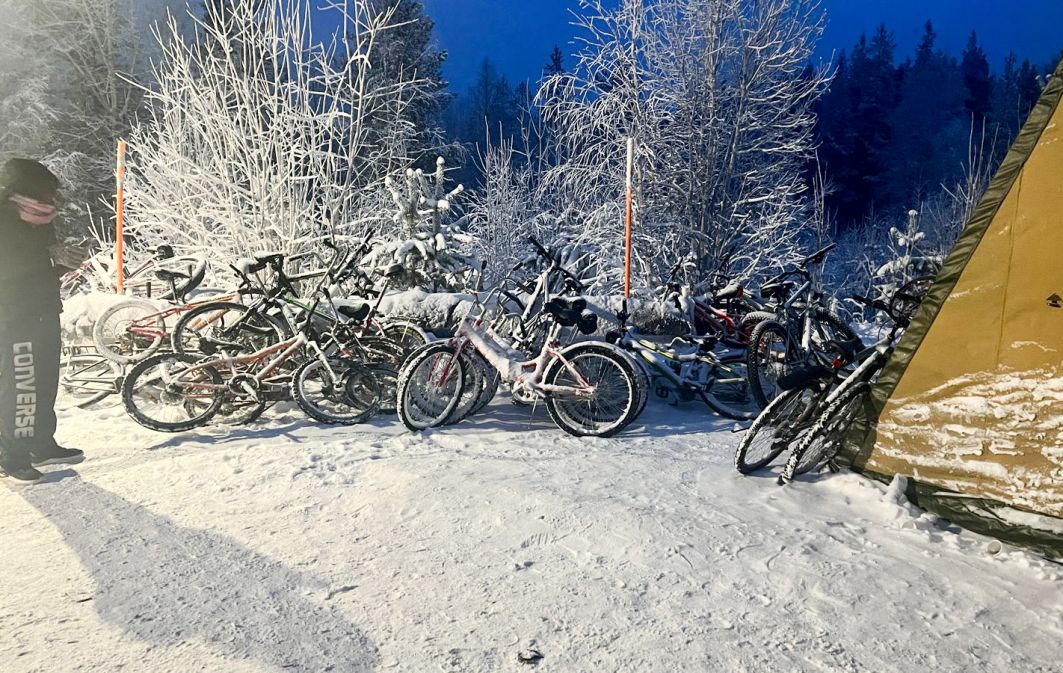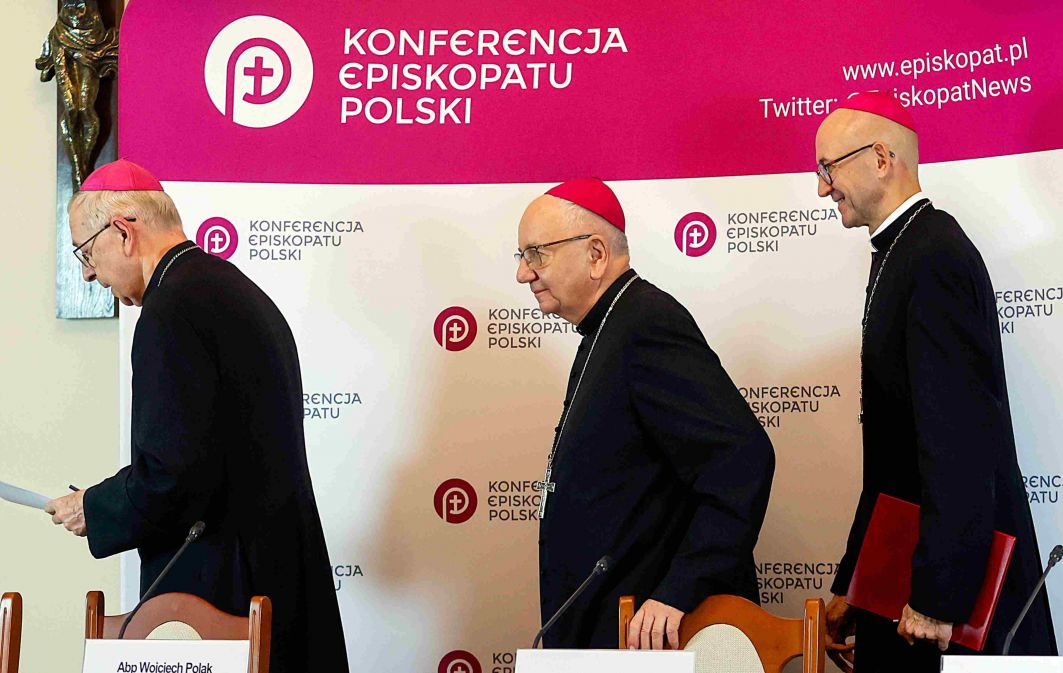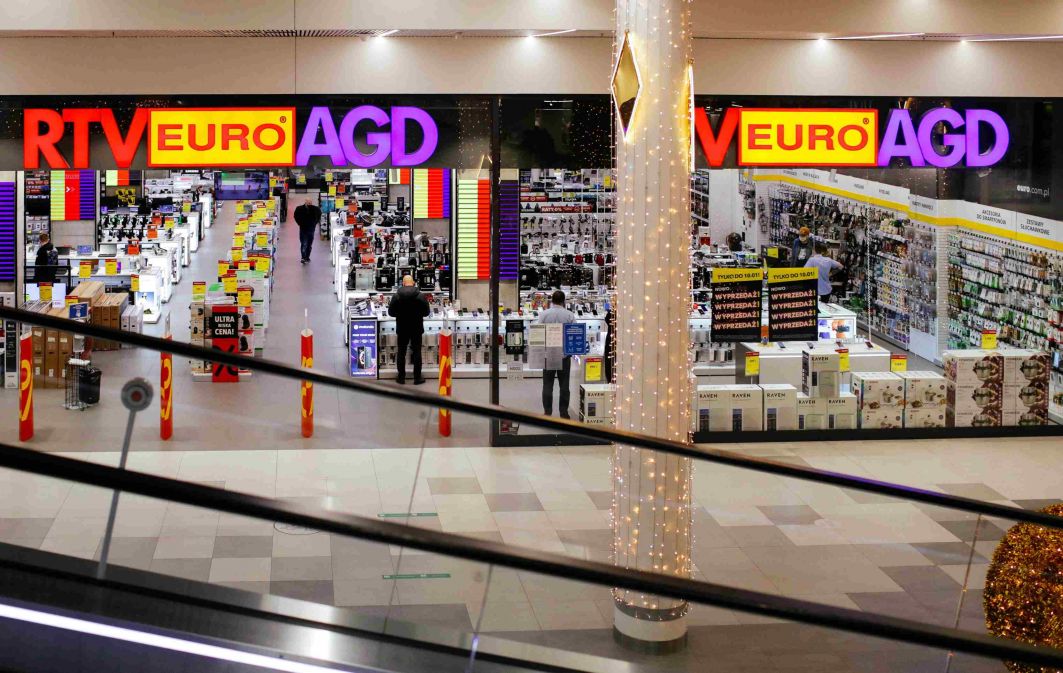The Blessed Virgin Mary’s Order Fulfilled. And May Evil Be Defeated
30.03.2022
Bishop Hnilica said that then, in the Kremlin, in a closed church, while looking at the empty throne of the Orthodox patriarch, he prayed that the real patriarch would return there. Did he? Many of us are asking the question, who is Patriarch Cyril really?
Several days before the event, it was talked about in not only Catholic media but world media – some with interest, others with irritation and mockery, yet others with hope. Not all observers and commentators looked deeply into this religious act, for many it is a type of demonstration carried out instead of political activities, for others, who live as if God did not exist, it is something like a performance, and for supporters of Russia – certainly an act of “eternal” hostility. For people of faith, however, the happening bears huge and specific weight – the Act of Consecration of Russia and Ukraine to the Immaculate Heart of Mary, which took place on Friday at 5pm.
It Happened in Fatima
And it started in Fatima in 1917. Then for several months, from May to October, on the thirteenth day of the month, the Mother of God appeared to three children with an unambiguous order for prayer and penance for sinners; she also advised “to ask for peace in the world a service to the Immaculate Heart of Mary, to which the pope should consecrate the entire world, and especially nations indicated by her.”
But what does “nations indicated by her” mean? Back in 1989, the KUL Catholic Encyclopedia – as a result of ongoing censorship – under the entry “Our Lady of Fatima,” (vol. 5) could not directly state that it meant Russia. And it precisely concerned Russia, about the existence of which the children from the poor Portugese village had no idea, they did not know and could not know, so they simply repeated the words heard in the revelation. Then, at the order of the church authorities, they were written down by the oldest of the children, Lucia dos Santos (1907-2005), who became a Carmelite nun. Her full testimony was then deposited in the offices of the Vatican Congregation of the Doctrine of the Faith – where it remained for many years.
You cannot really say that the Fatima revelations were disregarded, however, the orders contained within them were not carried out (or fulfilled) to the end, for many years.
Indeed, in 1931 the bishops of Portugal consecrated their country to the Immaculate Heart of the Holy Virgin Mary, and a magnificent sanctuary arose in Fatima. And yes, the world was consecrated here by Pope Pius XII in 1942 – and of the Slavic countries ten years later. Pope Paul VI even came on a pilgrimage here to ask for peace in the Church and in the world, and at the end of the Vatican II Council in 1967, he renewed the act of consecrating the world.


